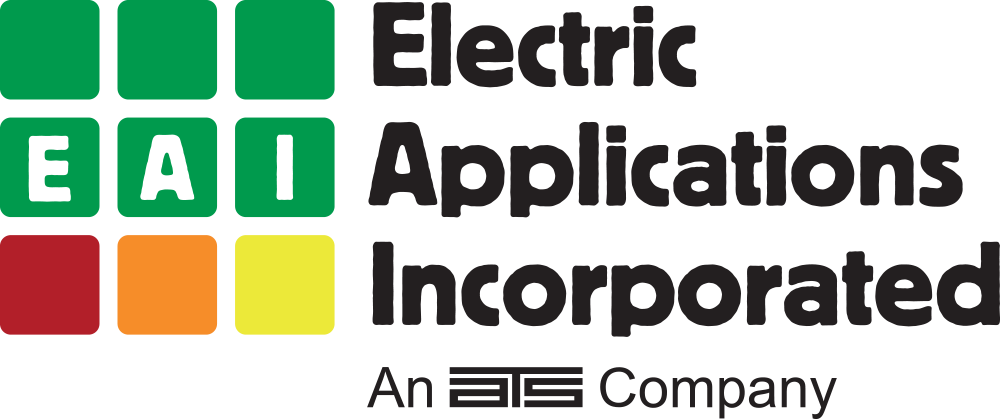January 2002
Electric Applications Inc. (EAI) staff has been developing infrastructure for the operation of electric vehicles for over 10 years. They have developed partial-state-of-charge (PSOC)/fast-charge strategies for a variety of lead-acid battery powered electric vehicles (EVs). By operating vehicles in this manner, charging times of 10-30 min can be obtained whilst retaining if not improving battery cycle-lives. More recent developments have included vehicles and operating systems for electrically powered ground-support equipment (GSE) at airports. The valve-regulated lead-acid (VRLA) batteries currently used for GSE vehicles are expensive and have a high internal resistance. This leads to significant heating of the batteries during charging and extended charge times (up to 1 h). EAI staff have developed a simulated GSE operating strategy based on actual data from the field and has used this strategy to evaluate the performance of three alternative VRLA batteries that have both a lower internal resistance and cost to that previously used. The brand names of the batteries are Dryfit, Dominator and Energel and the manufacturers are Sonnenschein, East Penn and Battery Energy Power Solutions, respectively. The Dryfit batteries completed 570 GSE cycles between ~30-80% state-of-charge before their performance decreased to an acceptable level (note, one cycle is equivalent to one day of GSE service). This deterioration was attributed to the combination of a gradual decrease in charging efficiency and a charging algorithm that does not provide overcharge in an interactive manner. The net result of this behavior is that the batteries experienced a gradual ‘walk down’ in capacity as a result of insufficient charge return. It is considered that optimization of the algorithm specifically for this technology would provide a significant increase in cycle life.
The Dominator batteries delivered only 380 cycles before failure. The decrease in performance was attributed to both insufficient charge return, as well as some irreversible degradation of the battery. It is considered that fine tuning the operating algorithm for this technology would provide a minimal improvement in cycle-life.
The Energel batteries provided 1030 simulated GSE cycles before their performance dropped to an unacceptable level. This performance is considered excellent, given that the algorithm has not been fully optimized for this battery technology.
The affordability of the three technologies in terms of lifetime Ahs delivered per US$ of capital cost has been calculated. The Energel, Dryfit and Dominator batteries delivered 510, 213, and 217 Ah per US$, respectively.

